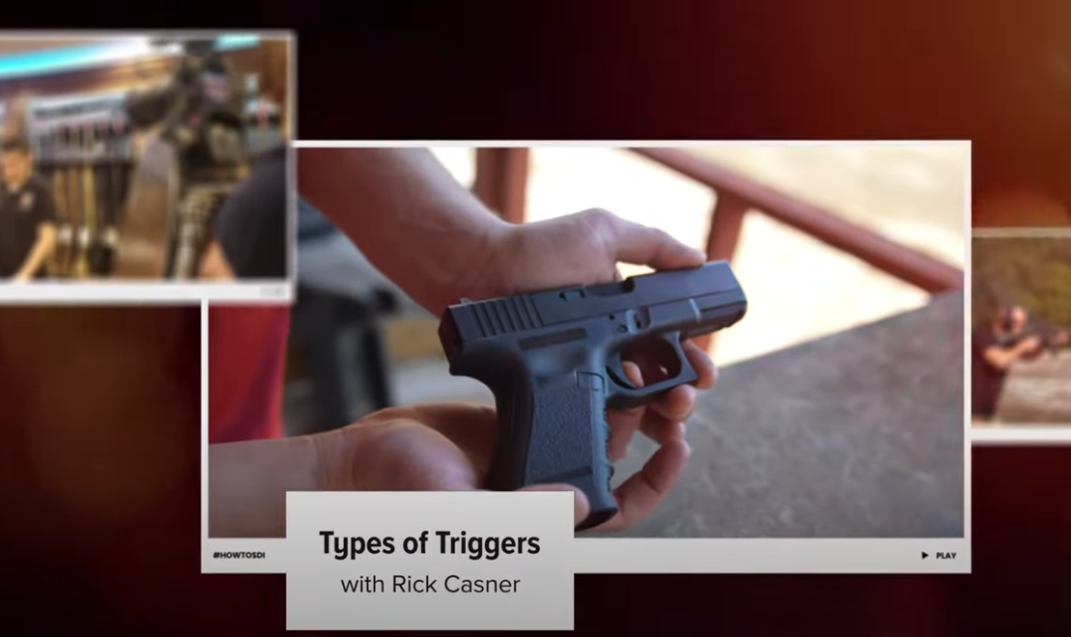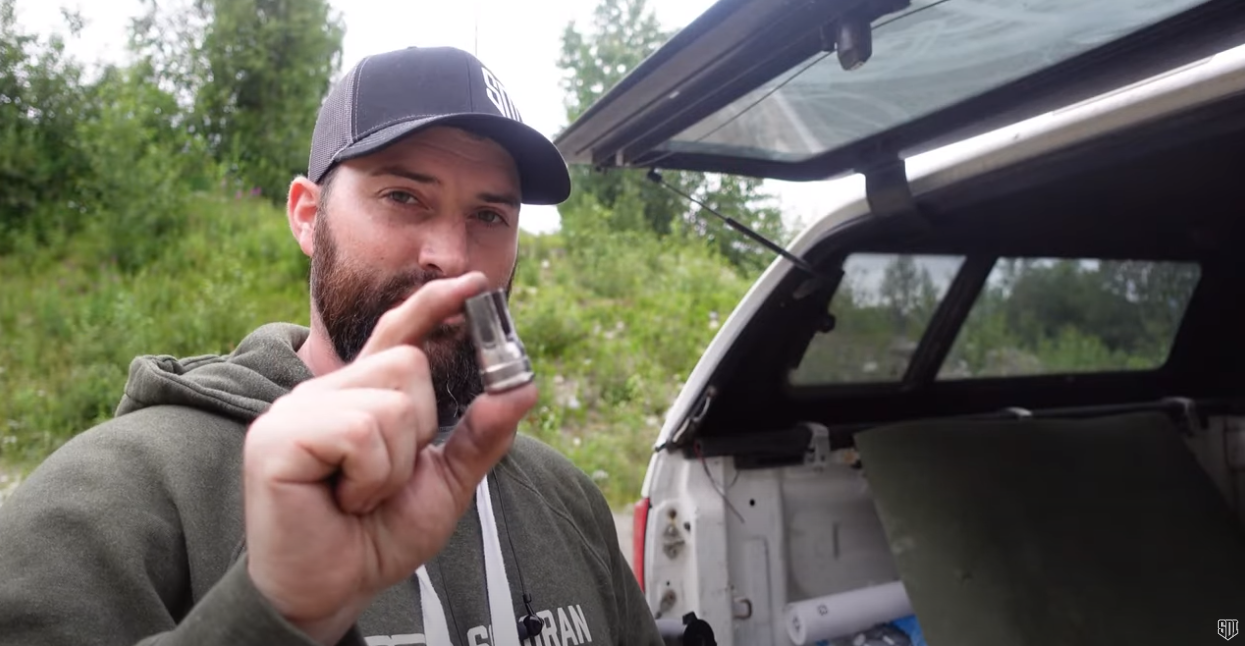Most AR-15 platform firearms are equipped with some form of muzzle device. Muzzle devices can be attached to almost any firearm, and for those who do not wish to attach one, there is the option of porting your barrel. This presents a huge variety of options for firearm owners, and so SDI is often asked for recommendations. The following are some basics to help you better understand the world of muzzle devices.
People often refer to a muzzle break as anything that goes on the end of a firearm barrel. This is like calling a Mountain Dew a Coke. Muzzle devices fall into six primary categories: flash suppressors, brakes, compensators, sound forward/blast deflectors, combination devices, and sound suppressors. Firearms are loud and utilize a controlled explosion. The sound and explosion have to go somewhere, which is where muzzle devices come in.
Flash Suppressor Devices
Flash suppressors, like most of the devices on this list, are fairly self-explanatory. When the primer ignites the powder in a shell case, the resulting gas has no other route than to follow the bullet out of the chamber. This creates a flash as the heated gas rapidly exits the barrel, expands, and interacts with the oxygen outside of the barrel. Adding a flash suppressor to the end of a gun barrel disperses the gas, keeping it from heating to the point of combustion and thus suppressing the flash of the firearm. This device is meant to be used to hide the location of a shooter in low light or nighttime situations; there is no other added benefit such as a brake or compensator. Another solution to muzzle flash is by using chemicals to increase the burn efficiency of the gas expelled from a cartridge. Since this article concerns devices, chemical flash suppressor technology will not be highlighted.
Muzzle Brake Devices
A muzzle brake is a muzzle device intended to reduce the felt recoil of a rifle (the force that causes the rifle to push into your shoulder). The muzzle brake does this by deflecting the gas created when the rifle is fired out of the ports of the brake. This sounds similar to a flash suppressor as well as a compensator, but they all do very different things. The deflection of a muzzle brake does not cool the gas; therefore, the flash is still visible. The gas being deflected by a brake pushes the energy of the rifle in an outward direction, therefore reducing the force felt by the shooter. Something to keep in mind is that if somebody is standing next to you, they will be subject to a significant amount of sound, hot gas, and potential debris.
Compensator Devices
A compensator device is designed to reduce the amount of climb on your barrel after the shot. This device by itself does not reduce recoil or flash. It is often combined with a brake, and you will often see ports for compensation on a muzzle brake. For the purposes of this article, though, these two devices are completely separate in function. Compensator devices can be recognized because the ports are in the opposite direction of muzzle climb. These ports push gas out of the top of the device, which pushes against the climb of the barrel.
Sound Forward/Blast Deflector Devices
Sound forward or blast deflector devices should be renamed “Good Neighbor” devices. These devices have in mind the ear drums of those standing next to you at the range or those comrades in arms that may be standing alongside the shooter. Muzzle brakes have a disadvantage that involves projecting the energy of a firearm straight out to the side of the shooter…directly into the face of the person standing next to them. Sound forward/blast deflector devices solve this. Often these devices will fit over existing muzzle brakes as long as they are compatible. These devices function by taking all of the gas and debris that was projected to the side of the firearm and redirecting it. Keep in mind, sound forward/blast deflector devices are blocking some of the functionality of a muzzle brake, but your friends at the range will thank you.
Combination Devices
You can’t have the best of all worlds, but sometimes you can come close. Combination devices will perform both flash suppression as well as muzzle brake tasks. Sometimes, you can even find them with compensator ports. Keep in mind that with combination devices, the more diverse the function of a device, the less efficient it will be. Compensators work because they push out enough gas to stop the climb of the barrel. If there is less gas to push out of these ports because they are being directed out of the brake as well as the flash suppression ports, the effect on muzzle climb will be less effective.
Sound Suppression Devices
For the purposes of this article, we will focus on the functionality of a sound suppression device and not the legality of the devices. Sound suppression devices function by deflecting the hot gasses produced when shooting a firearm and keeping them inside of a contained unit. This prevents the gasses from exiting the barrel at the typical 3,000 psi and reduces them, in some cases, to around 60 psi. Sound suppressors also require subsonic ammunition (below 1,100 fps) in order to function properly. If you use sonic ammunition, you will hear the bullet breaking the sound barrier regardless of the suppression on the firearm. Sound suppression devices are subject to high heat and will do so very rapidly. These devices function by containing hot gas, and therefore the transfer of this heat happens quickly. Too many shots too fast and you will not have a functional sound suppressor anymore due to heat damage.
As with any firearm or firearm device, the choice comes down to personal preference and how it will be used. Take into account where you will shoot your firearm, and always be conscious of other shooters as well as how your equipment will affect them.



